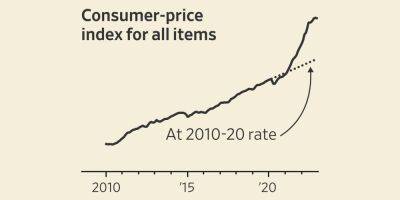Project Hamilton has concluded, weeks after legislators’ enquiry, according to Boston Fed
Project Hamilton, the research project of the United States Federal Reserve Bank of Boston and Massachusetts Institute of Technology (MIT), announced its conclusion in the runup to Christmas. The two-year project looked at the technical aspects of a hypothetical United States digital dollar central bank digital currency (CBDC).
“Project Hamilton took critical early steps toward a deeper understanding of how money might work better for all,” Boston Fed executive vice president Jim Cunha said in a statement announcing the conclusion of the project.
In February, the technologically “agnostic” project released a white paper and open-source research software called OpenCBDC in two versions, only one of which used distributed ledger technology. At that time, organizers promised that continuing research would look at “privacy, auditability, programmability, interoperability, and more.”
In its Dec. 22 announcement, the Boston Fed stated:
MIT’s Digital Currency Initiative (DCI), which is the organization that had partnered with the Boston Fed, is expected to hold a “research release” on Jan. 12, 2023.
Next month, join us for a research release on financial inclusion and CBDC - register now at https://t.co/B6N3DqP0Vs https://t.co/srbEOEiO71
The Fed also hinted that work had continued on OpenCBDC, noting that it had reaching a throughput rate of 1.84 million transactions per second. That is presumably on the non-blockchain version, which had reached 1.7 million transactions per second as of February. The blockchain version processed 170,000 transactions per second as of that time.
Project Hamilton was the subject of a letter from nine U.S. legislators headed by Rep. Tom Emmer addressed to Boston Fed president Susan Collins on Dec. 1.
Read more on cointelegraph.com









